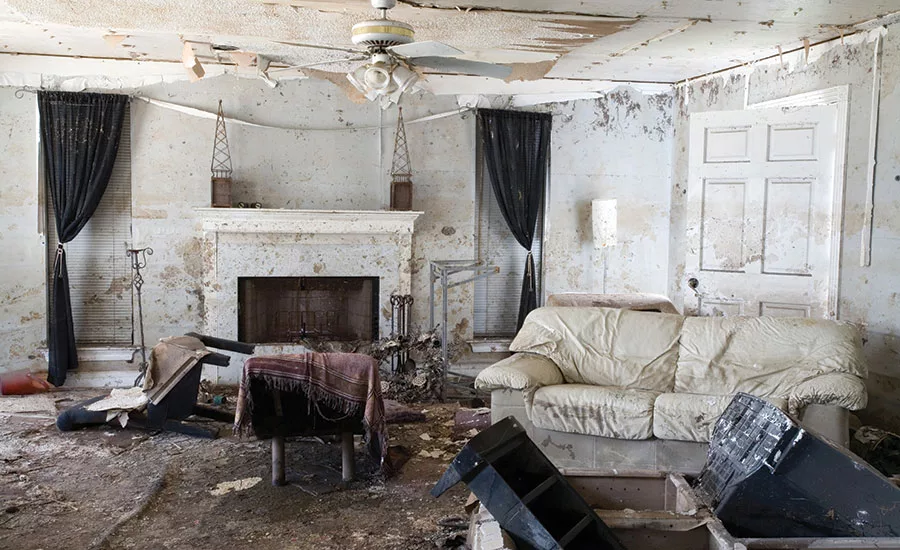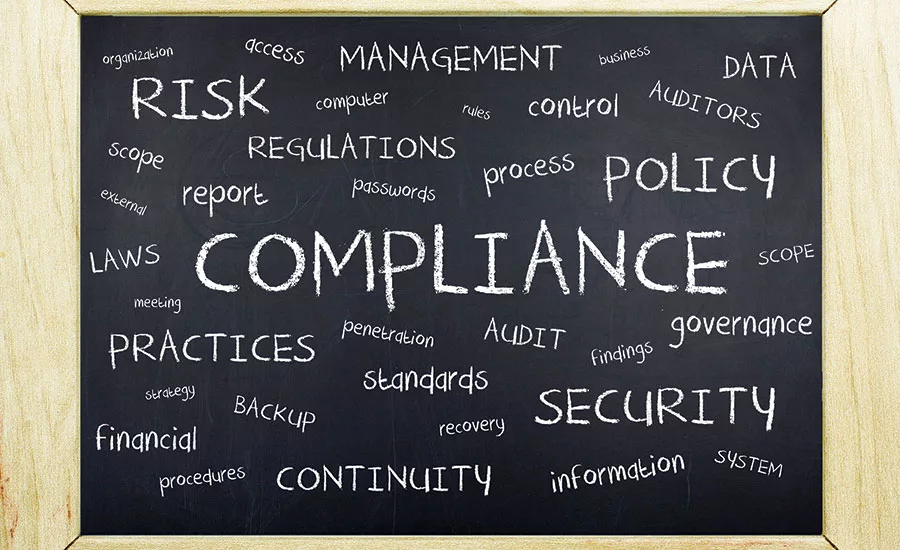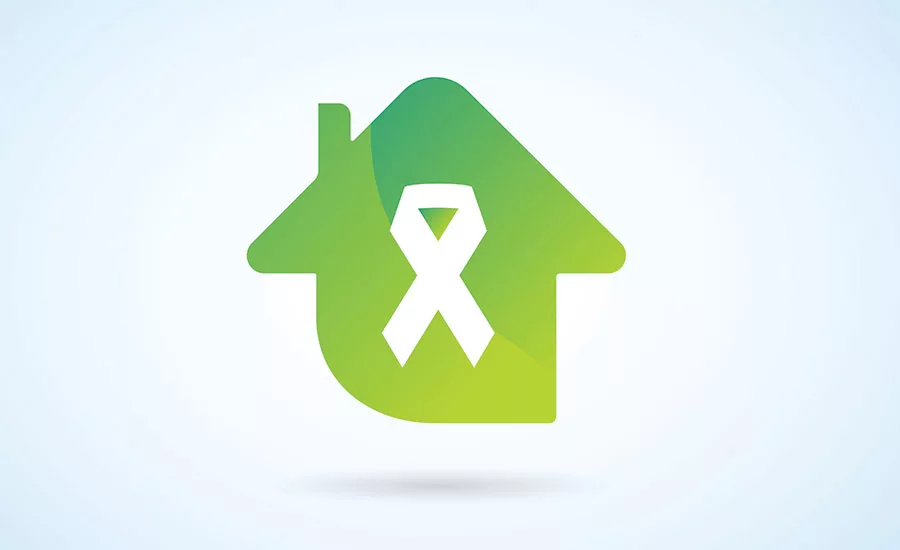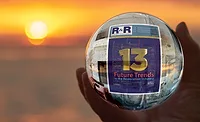13 Future Trends in the Restoration Industry
National Credentials, struggling franchises, bureaucracy, & more



See an update to this article HERE! Plus, scroll down for a video interview with Mr. Pinto.
Think back through 2015. Can you think of any changes in the restoration and remediation industry? Yep, I bet you probably can. There were some major changes to mold remediator regulations in New York State, updates to the ANSI/IICRC S500 and S520 standards, we lost an industry pioneer with the passing of Marty King, and there were numerous changes and updates to available equipment, software, etc. It’s a list that goes on and on. Change is inevitable.
Now, look ahead into 2016 and beyond. Do you have any predictions of what may lie ahead?
Michael Pinto, CSP, CMP, has published more than 200 articles and several books on IAQ, mold remediation and other remediation-related topics. As the CEO of Wonder Makers Environmental, Pinto also serves on the board of directors for the Indoor Air Quality Association and Cleaning Industry Research Institute. Seriously, his credentials go on and on. When it comes to this industry, he knows his stuff.
In November, Pinto spoke at PLR Expo and shared these 13 predictions for the future of this industry. Just before his presentation, Mr. Pinto approached me and offered up this presentation (in article form) to R&R’s readers, if I did the writing! So, I’m honored to take on the task of putting his future outlook into words. What you read below is straight from him – just put to paper by me.
1. National Credentials for Restoration Work
This is happening on different levels, primarily in government. After every major disaster, talks start again about possibly requiring specific credentials for people working in disaster zones. It’s a slow process that’s been going on for 15-20 years both in government and industry. It did start getting some legs after Hurricane Katrina. In Louisiana, some state-required certifications were widely ignored to the point it drew attention from the governor who waived certain rules for 60 days.
With franchises and industry organizations growing, there is more and more talk of credentials like this, especially among emergency managers. Those managers understand the risk involved in not having a larger organization to draw upon for credible workers in case of a disaster.
On the flip side, there are arguments against these credentials. They could slow down response, and in an emergency could create violators out of competent restorers.
Incidents like the recent terror attack in Paris could also fuel the effort toward pre-screening responders for mass casualty events. Such pre-screening could include background checks, plus OSHA compliance. During TV news coverage of the Paris attacks, we witnessed some of the biological matter on the sidewalks and streets being simply hosed off into the drains. Is that really the best way to deal with a mass casualty scene? Putting proper procedures in place could be a good starting point.
2. Government Will Continue to Dabble with Licensing, but Slowly
There continues to be inconsistency with licensing for mold, lead, and asbestos remediation. Basically, licensing is being driven by money and statistics. What we’re finding out in many places is the promise doesn’t always live up to the reality. Government expects these programs to be self-funded through fees, but it doesn’t always work out that way. Virginia once had a mold licensing law, but repealed it after three years because it was difficult to sustain.
If the licensing route isn’t chosen, restoration contractors could be forced to work together to form some kind of training regimen, similar to what happened in British Columbia. (http://bcarc.ca/)
3. Bureaucracy Will Get Worse
It’s hard for a government agency to be focused on customer service and public service simultaneously. From a structural and attitude standpoint, bureaucracy is getting worse, not better, and more aggressive enforcement will be at the expense of real assistance. The whole idea of the bureaucracy becoming kinder, friendlier, gentler is not a reality at all.
This kind of attitude can mean documentation suddenly becomes more important and a bigger part of the focus than the actual process. All the ducks have to be in a row before you even dream about serving a customer. There seems to be more of a “gotcha” mentality where agencies make examples of some businesses that make a mistake, rather than fostering growth and learning within businesses and helping them succeed, while following the rules.
4. Insurance Industry Splits
Look for the insurance industry to continue to split. You’ve already seen this a little bit with treatment of preferred vendors. Some insurance companies are trying to “vertically integrate” by buying lumber yards, hygiene firms, creating their own restoration companies, etc. Their thought process is if they’re already insuring the risk then providing the payout, so they essentially want to own the whole process from top to bottom. It’s unclear how far this will get.
On the other hand, some insurance companies understand the liability of having preferred vendors. It’s the one out of 1,000 cases that goes wrong that draws the wrong kind of attention and liability. So, these insurance companies are thinking about softening the relationships they have with preferred vendors.
In fact, some insurance companies are tending to prefer to go back to the “olden days” where there were more personal relationships between insurers, vendors, adjusters, etc., because they see where there can be problems among bigger companies, such as liability and customer service.
5. Franchises May Struggle
There is a case that could very well make it to the U.S. Supreme Court in which the government is trying to redefine who are contractors, subcontractors, temps, who owns them, etc. The government is trying to say a franchisor is a co-employer with the franchisees. That is completely opposite to why we set up franchises! They are meant to help with overall business functions, marketing, tools, training, etc., but franchisees are still running their own business.
Should that ruling get upheld that franchisors are co-employers with franchisees, there will be a huge ripple effect through the entire industry. All of a sudden, becoming a franchisee has more risk and the corporate people have to have a lot more input. It would also mean, under the Federal Health Care Law, every employee beneath the franchisor be offered a certain level of insurance. It would not work for someone in Los Angeles to carry the same liability as someone in Terra Haute, Ind.
On the flip side, cooperatives (DKI, Contractor Connection, Code Blue, IMACC, etc.) could benefit. It will be much more far-fetched to say coops made up of a number of independent contractors are co-employers because they do not have some of the same legal and financial ties.
6. Growing Public Awareness
This is particularly in reference to growing environmental issues and awareness. Restoration contractors deal with hazards and contaminants all day. When you introduce new chemicals, technology, and other products as quickly as we do (especially on the home building side – new paints, flooring, etc.), we are adding a lot of things into buildings that weren’t there even five years ago. And truth be told, manufacturers don’t always know how these are going to react over time, or in a loss like a fire or flood. Now – all those items are in these homes, and the restoration industry comes in with their new chemicals and machines to remediate. How do we know what’s really happening when all the chemicals and materials mix?
Have you heard the term WDB for Water Damaged Building? It’s a term growing in popularity as we learn there is a lot more going on in a WDB than just mold. We’ll talk more about this a little further in just a moment.
7. A Tighter Connection
There is a growing tie between medicine and the environment. Restorers and other professionals are increasingly aware about caring for “sensitized individuals.” Years ago, I (Michael Pinto) said there was too much anecdotal evidence of people getting sick after being in a mold-contaminated building for doctors to deny the problem, even if they don’t yet know the causative factors. Once they figure out a treatment drug and big pharma is involved, this will take off.
Today, there are symptoms, causes, and prescriptions for people sensitive to mold. Plus, we have discovered a genetic component that makes some people more sensitive to mold than others, and the naming of a related illness: CIRS. There is even a $15 non-invasive screening test for people to see if they’ve been exposed to mold.
There is also the Environmental Relative Moldiness Index, which analyzes dust samples for 26 different species of mold. Two-thirds of those species are considered to be indicators of water damage. Plus, the EPA has created a comparison chart to identify a WDB. (http://www.epa.gov/mold)
All of this could trigger permissible exposure limits. Technology is already catching up with the computerized Mold Propensity Index. For about $200, it provides remediation recommendations for a mold contaminated home.
8. A More Active Justice System
Just look at all the points above! There are a number of legal hazards out there – including mold, lead, water damage, and infectious diseases. We can expect similar results compared to how lawsuits from asbestos exposure have skyrocketed in recent decades.
9. Continued Bleed-Over of Technology
There is a lot more cross-over between industries. Technology and chemicals are finding numerous uses, often traveling from the health care industry to remediation and into restoration. For example, look at how foamers started in the agricultural industry and traveled to food service, then remediation, then restoration, then health care. Similarly, surface sanitizers went from health care to remediation to use with sensitized individuals.
It’s also important to note the use of hydroxyl generators in a variety of situations, and some remediators opting for different techniques with sensitized individuals like essential oils, salt solutions, Hydrogen peroxide, organosilane surface protectors, etc.
10. Action vs. Talk
More and more people are rejecting marketing and want scientific proof of claims regarding equipment, chemicals, and other products. Ebola made a big difference in this. There was (and still isn’t) a proven killer of the Ebola virus. People want proof products are doing the job correctly.
11. Green vs. Greenwash
Claiming something is green is no longer going to cut it. Like the point above, people want proof what’s being used in their home is safe. Therefore, the industry is taking meaningful steps toward green chemistry rather than greenwashing. On the safety side of this, there are huge studies going around about nanotechnology as we continue manipulating things on the molecular level. Those changes are in turn appearing to affect people, especially sensitized individuals. It’s a huge trend in the safety field.
12. Closer Cooperation Between Industry Associations
This is already happening! ASHRAE and the IAQA recently merged; APIC and ASHRAE coordinated on responding to the Legionella outbreak; RIA, IAQA, and the IICRC presented a united position on Florida’s mold law changes; ISSA and CIRI worked on a joint standard; and the IICRC currently has nine MOUs. As the world becomes more complicated, it takes more people to get it right – so collaboration becomes key.
13. Marketing Will Keep Shifting
The industry is already trending toward social media promotions and educating through marketing, rather than straight sales techniques. The way you reach customers today will likely be very different in years to come.
Don’t let this list scare you. The restoration and remediation world will continue to evolve, just as it always has. Staying ahead of the curve is key. So stay informed through industry training, conferences, webinars, publications, and other resources.
In the words of Doc Brown in Back to the Future III, “Your future is whatever you make of it, so make it a good one!”
Ask the Expert video w/Michael Pinto
Looking for a reprint of this article?
From high-res PDFs to custom plaques, order your copy today!










